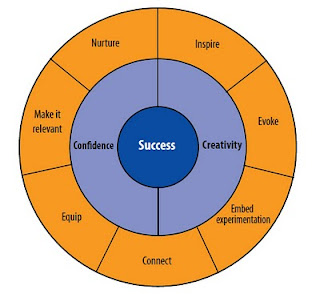Towards the end of 2008, Nick Shackelton-Jones, when he was working at the BBC, commissioned a project to research how its staff experienced learning in “the Web 2.0 world”.
It lead to the development of the BBC learning design toolkit:
The end result is something which incorporates some familiar elements of thinking about learning, with some new approaches in a conceptual toolkit intended to guide the work of anyone involved in learning design and deployment. Whilst some elements of the work may be specific to the BBC, we hope that there are many elements which are useful – or at least of interest – to anyone involved in learning…
At its heart is a theory of learning that suggests that all data is stored according to complex contextual cues which are predominantly emotional in nature – without these emotional ‘markers’ information merely passes through our system.

Could this toolkit be useful to Technical Authors? The answer depends, in part, on how you view the similarities between learning and technical communication. Are they almost the same? Do readers learn from Help files and user guides, or do they just follow the instructions, move on and forget?
Readers of user guides are arguably more motivated than a learner. Often, they have a pressing and immediate issue they want to resolve. They have a goal.

Where people are learning in a “Web 2.0 world”, there could be a great deal for technical communicators to learn. The matrix tools within the toolkit could prove useful in assessing what to do if you decide to move away from the traditional, static, model of User Assistance.

Readers, I think, don’t want to “learn” from technical communication as much as find a specific piece of information.
I think your illustration “The less your learners Care, the more Engaging you need to be” does not apply to technical communications. It does, however, apply to learners.